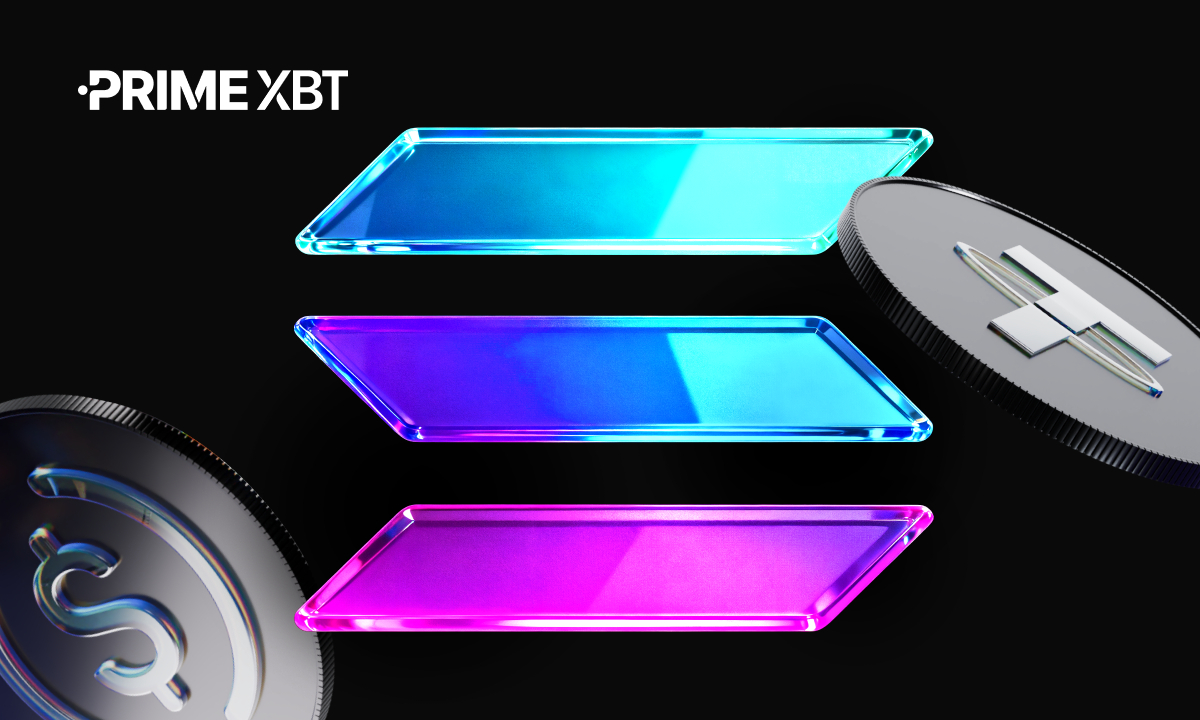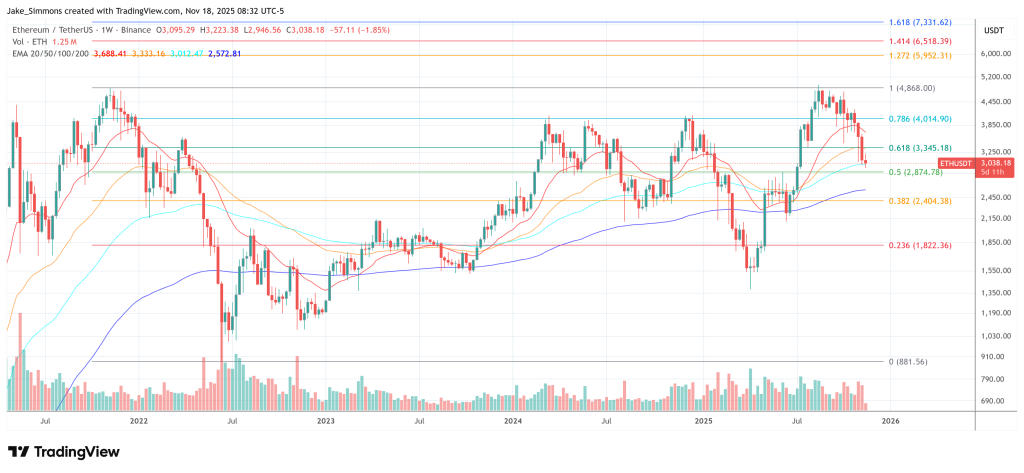Rewrite the
Bitcoin’s fee market has entered an unusual phase, raising questions about the fate of the fees and their implications for the network’s economic security. Since the decline in non-monetary activity like Ordinals and Runes in late 2024, on-chain usage has dropped sharply.
The result has been a growing number of blocks that clear at almost no cost to users, which often averages just 1 satoshi per virtual byte or less.
Where Did All the Bitcoin Fees Go?
For those looking to send bitcoin quickly and cheaply, this environment seems ideal. But the same cannot be said for miners, who rely on fees to supplement the shrinking block subsidy after the 2024 halving. The collapse of fee pressure exposes a deeper vulnerability in Bitcoin’s long-term sustainability, according to the latest note shared by Galaxy Digital.
Median daily fees have fallen more than 80% since April 2024, and as of August 2025, nearly 15% of all blocks can be classified as “free blocks.” At the same time, almost half of the blocks in recent months have not reached maximum weight, which revealed an unusually thin mempool and highlighted the absence of competition for blockspace.
The disappearance of fees can be traced to several structural changes. One is the dramatic surge and decline of OP_RETURN transactions, which spiked during the peak of Runes adoption in 2024, and at times accounted for 40-60% of daily activity. Their retreat back to roughly 20% of transactions has released congestion, thereby lowering overall fees. Yet OP_RETURN remains central to debate, especially as Bitcoin Core’s upcoming v30 release could allow larger and multiple OP_RETURN outputs per transaction.
Supporters argue that because these outputs are provably unspendable, they do not increase the burden on the UTXO set. Critics, however, warn that they consume scarce blockspace that could otherwise be used for monetary transactions. This has sparked concerns about spam and sustainability.
Another factor behind weaker fees is the migration of activity away from Bitcoin’s base layer altogether. Spot ETFs now hold around 1.3 million BTC, locking up supply that rarely moves on-chain and thereby reducing transaction demand. At the same time, speculative use cases such as NFTs and meme coins have shifted to faster and cheaper alternatives like Solana, where users find a smoother experience compared to Bitcoin’s relatively constrained environment.
This displacement means that transactions that once competed aggressively for inclusion in blocks are now occurring elsewhere, further undermining fee revenue for miners.
Beyond immediate fee pressures, Galaxy also examined the UTXO set to assess long-term security risks. The analysts found that millions of coins remain in legacy formats such as P2PK and P2PKH, some of which are inherently vulnerable to quantum attacks due to exposed public keys. On the other hand, adoption of P2WPKH has grown to dominate unspent balances, while Taproot continues to gain traction for advanced use cases.
“Settlement Layer Without Settlement”
For now, the lull offers a window of cheap transactions, but the long-term picture is “murkier” as a declining fee market poses serious questions to the network security.
Post 2024, miners are left with 3.125 BTC in block rewards, and miner incentives are increasingly exposed to fluctuations in organic demand. But as BTC activity shifts toward ETFs, custodial platforms, and faster alternative L1s, Galaxy said that the core network risks becoming a “settlement layer without sufficient settlement activity.” As reliance on off-chain “paper Bitcoin” grows and fees dry up, Bitcoin’s long-term security hinges on a level of usage that remains uncertain.
“Fee volatility is nothing new, but Bitcoin does need real reasons to use the chain. “
Binance Free $600 (CryptoPotato Exclusive): Use this link to register a new account and receive $600 exclusive welcome offer on Binance (full details).
LIMITED OFFER for CryptoPotato readers at Bybit: Use this link to register and open a $500 FREE position on any coin!
in well organized HTML format with all tags properly closed. Create appropriate headings and subheadings to organize the content. Ensure the rewritten content is approximately 1500 words. Do not include the title and images. please do not add any introductory text in start and any Note in the end explaining about what you have done or how you done it .i am directly publishing the output as article so please only give me rewritten content. At the end of the content, include a “Conclusion” section and a well-formatted “FAQs” section.







